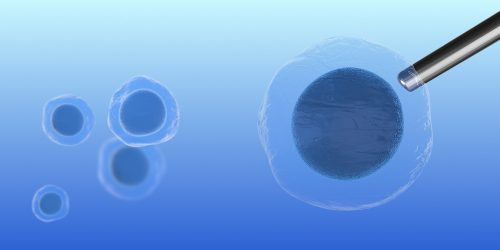Human iPSCs Beneficial for Study of Autism Spectrum Disorders, but Limitations Still Exist, Review Says

Human induced pluripotent stem cells, also known as iPSCs, are valuable tools for discovering new targets and treatment strategies for several diseases, including autism spectrum disorders, despite some limitations that still need to be overcome, according to a review study.
In the study, “Induced pluripotent stem cells as a tool to study brain circuits in autism-related disorders,” researchers at the Institut Pasteur in France reviewed research conducted with iPSCs in the field of autism spectrum disorders and related conditions, including fragile X syndrome. The study was published in the journal Stem Cell Research & Therapy.
Normal body development relies on the transformation of stem cells — which exist in a “naive” state and can become almost any cell type in the body — into mature, functional cells. If this transformation process is in some way altered or inhibited, it can result in disease.
Since the discovery of iPSCs, researcher have had the opportunity to study in more detail what happens in disease. An iPSC is a type of stem cell that can be derived directly from an adult cell, such as a skin cell. It can then be induced back into a naive state and cultured in the laboratory to become any cell type.
The use of iPSCs has been shown to be particularly useful in studying genetic neurodevelopmental disorders.
Fragile X syndrome is the most common genetic cause of autism spectrum disorders. It results from an expansion of a small CGG sequence of DNA units within the fragile X mental retardation 1, or FMR1, gene on the X chromosome. This gene is required for the normal development of brain cells (neurons). The loss or low levels of the protein for which the FMR1 gene provides instructions leads to altered neuronal connectivity.
Researchers have been able to establish an iPSC line to study fragile X using cells collected from patients.
A study published in 2014 revealed that when these cells were transformed into neurons, they displayed abnormal behavior, namely impaired formation of the natural projections (neurites) that commonly result in the tree-shaped form observed in mature neurons.
These impairments could alter the maturation process of cells and prevent the establishment of the normal communication system between nerve cells. Potentially, this could lead to alterations in the way neural networks are connected and transmit information within the brain.
Despite the potential of iPSCs as a research tool to study neurological disorders, their use still has several limitations, because they can only mimic some features of disease and not the full extent of its complexity.
Cells that reside in the brain, other than neurons, such as specialized immune cells, can also contribute to the development of autism spectrum disorders. This interaction between different cell subtypes is an important feature that pure iPSC cultures have so far not been able to replicate.
Also, traditional iPSC-based methods do not support the 3D structure of the brain and the detailed and directional wiring system it has.
In an attempt to overcome some of these limitations, researchers are developing what is called brain organoids. These are cell aggregates derived from both human embryonic stem cells (ESCs) and iPSCs. With the combination of these two types of stem cells, researchers expect to be able to induce the production of the different cell subtypes present in a mature brain.
To support the correct development and wiring, these brain organoids are then implanted in mice, whose brain microenvironment can provide the signals necessary for ESC and iPSC aggregates to fully develop and perform their natural tasks.
“This approach has not yet been used in the case of human neurons derived from patients with neurodevelopmental disorders,” the researchers said.
Still, they believe that “grafting human brain organoids into mouse brain should represent an accurate alternative method to model a wide range of neurodevelopmental disorders, including autism spectrum disorders.”
These approaches “should provide new plausible models to study human neurodevelopmental diseases and additional opportunities for future drug development,” they said.






